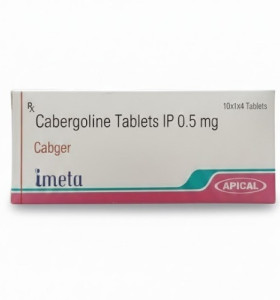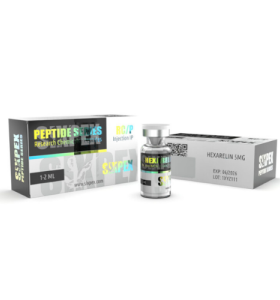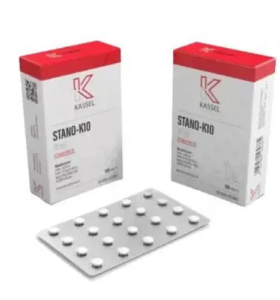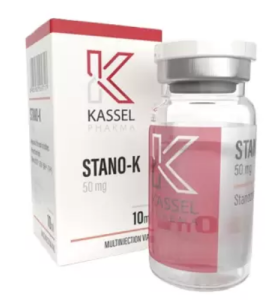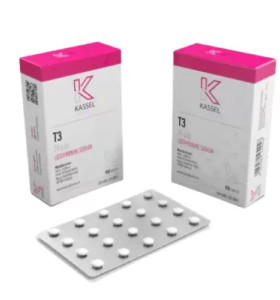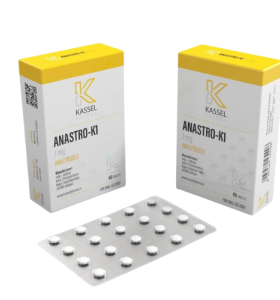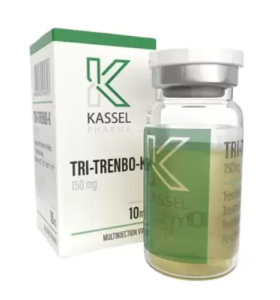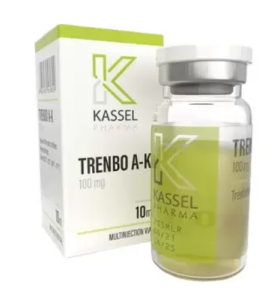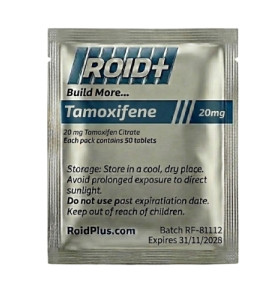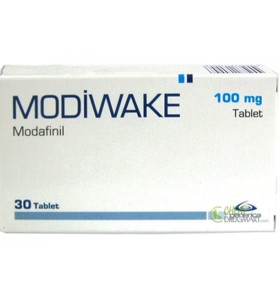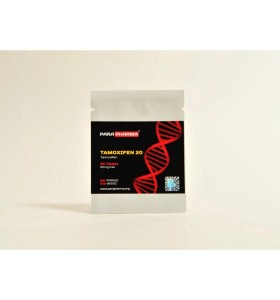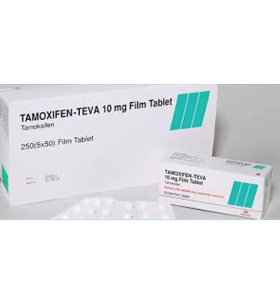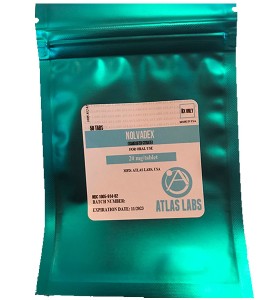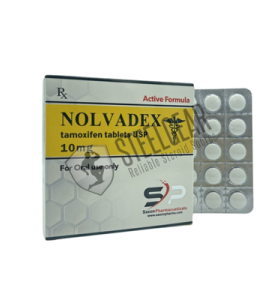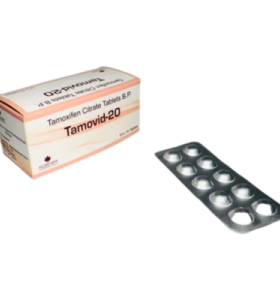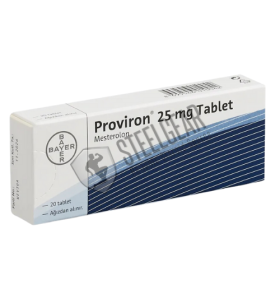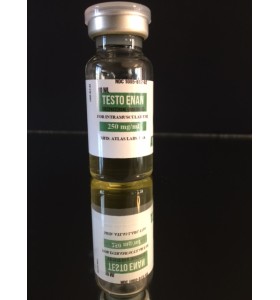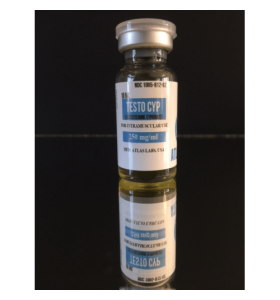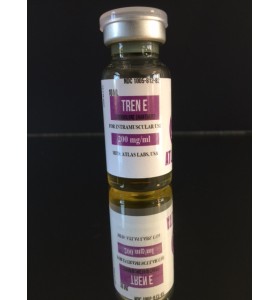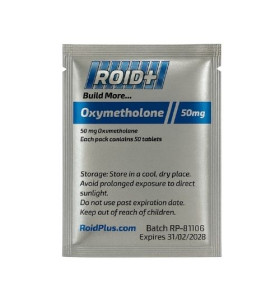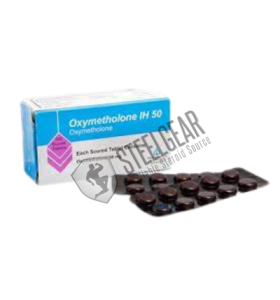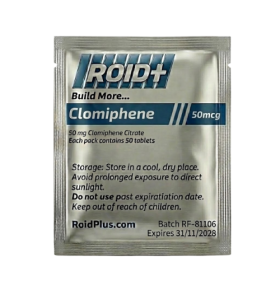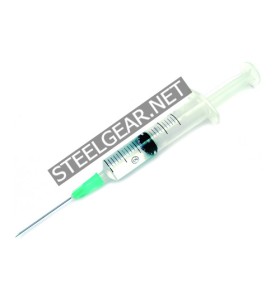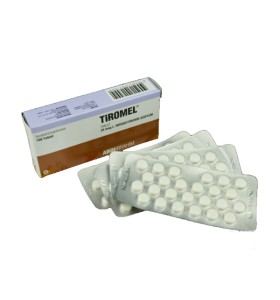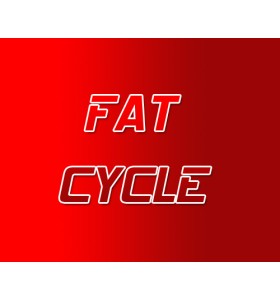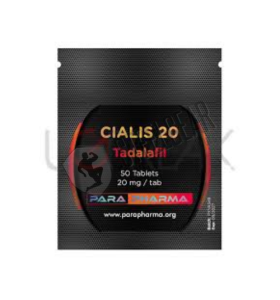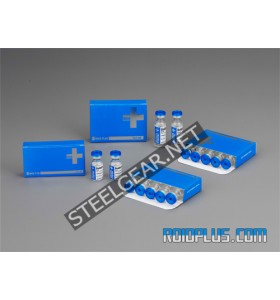Nolvadex-D 30 Tablets 20 mg Astra Zeneca
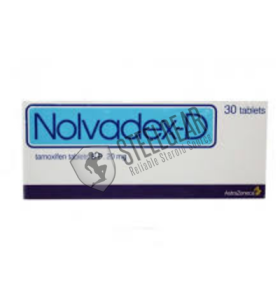
- Brand: Astra Zeneca
⚠️ WARNING: Potential Risks of Anabolic Steroids
Anabolic steroids can cause hormonal imbalances, liver strain, cardiovascular issues, and psychological effects, and should only be used under strict medical supervision. Unauthorized or improper use may lead to serious health complications.
If used, obtain these substances exclusively from licensed, verified medical providers to ensure safety and proper oversight.
What is Nolvadex-D Astra Zeneca 30 Tablets 20 mg?
Formula:
Each tablet contains tamoxifen citrate equivalent to 10 mg-20 mg Tamoxifen as the active ingredient, and titanium dioxide as the coloring agent.
Pharmacological properties:
Indications:
Nolvadex is indicated for breast cancer.
Contraindications:
Nolvadex should not be given during pregnancy. Very few abortions, fetal deaths and birth errors have been reported in women taking Nolvadex, but a causal relationship between these cases and drug use has not been established.
No teratogenic potential was observed in toxicology studies on reproduction of rats, rabbits and monkeys.
Tamoxifen had a similar effect on the development of the reproductive system of the fetus in rodent subjects, similar to the changes induced by estradiol, ethinylestradiol, clomiphene and diethylstilbestrol (DES). Although the clinical relevance of these changes is unknown, some were similar to those of young women, particularly those with vaginal adenosis, DES, who were likely to develop 1/1000 clear cell vaginal or cervical carcinomas. There were very few pregnant women taking tamoxifen. No case has been reported that this use leads to vaginal adenosis or clear cell vaginal or cervical carcinoma in these young women whose uterus is exposed to tamoxifen.
Women taking Nolvadex should be warned not to become pregnant as long as they take the drug, and should be advised to use a non-hormonal contraceptive method if they are sexually active. Women who are not menopausal should be examined carefully before treatment is started to ensure that they are not pregnant. Women who become pregnant during the use of Nolvadex and up to two months after cessation of treatment should be warned of the possible effects of the treatment on the fetus.
Contraindicated in people with known sensitivity to the drug.
Warnings / Precautions:
Menstruation is suppressed in some of the patients who have received Nolvadex for treatment of breast cancer and have not undergone menopause.
When Nolvadex is used in combination with coumarin type anti-coagulants, a significant increase in anti-coagulant effect may occur. Thus, when a drug administration is initiated, careful monitoring of the patient is recommended.
The risk of thromboembolic events increases when Nolvadex is used in combination with cytotoxic agents.
In the literature, an increase in the incidence of endometrial changes such as hyperplasia, polyps, and endometrial cancer is observed in the treatment with tamoxifen. Patients are required to undergo gynecological controls periodically before the use of the drug in question and during the treatment period and to notify their physician in case of any abnormal vaginal bleeding.
Tamoxifen did not show mutagenic effect in in vitro and in vivo mutagenicity studies. Long-term studies have reported the occurrence of gonadal tumors in rats receiving tamoxifen and liver tumors in rats. These findings were not clinically relevant.
In some clinical studies, although secondary primary tumors have been reported in the endometrium and other breast following Tamoxifen treatment in breast cancer patients, a causal relationship has not been established and these observations have not been clinically significant.
It is not recommended to take this medication during lactation, as lactation is not known whether Nolvadex has passed into human milk. The decision to stop breastfeeding the baby or to stop Nolvadex treatment depends on the importance of the drug to the mother.
Effect on driving and machine
There is no evidence that Nolvadex reduces the ability to drive and use machines.
Side effects / Adverse effects:
During long-term treatment, many side effects are not encountered or not as serious as androgens and estrogens used to treat breast cancer. The reported side effects are those due to the anti-estrogenic effect of the drug, or more general side effects such as hot flashes, vaginal bleeding and pruritus vulvae; gastrointestinal intolerance, tumor exacerbation, dizziness, skin redness and fluid retention depending on the condition and alopecia.
In cases where the side effects are severe, it is possible to control the side effects by reducing the dosage in small amounts without losing control of the disease.
Few patients with bone metastases developed hypercalcemia at the start of treatment.
In patients receiving Nolvadex for breast cancer treatment, transient and generally only 80,000-90,000 / mm3 or less decreases in platelet count have been reported, and platelet counts have been performed throughout Nolvadex treatment.
Among the patients receiving Nolvadex treatment, visual disturbances such as corneal changes, cataracts and retinopathy have been identified in several cases.
Uterine fibroids have been reported.
Cystic ovarian swelling was observed in premenopausal patients receiving Nolvadex treatment.
Leukopenia with anemia and / or thrombocytopenia has sometimes been observed following Nolvadex administration. In some cases, neutropenia is rarely observed, but severe.
There have been few reports of thromboembolic events occurring during Nolvadex treatment. Although these conditions are known to occur at a higher incidence in malignant cases, a causal relationship with Nolvadex has not been established.
When Nolvadex is used in combination with cytotoxic agents, the risk of thromboembolic events increases.
Nolvadex is associated with changes in liver enzyme levels and is rarely associated with more severe liver disorders including liver fattening, cholestasis and hepatitis.
Drug interactions:
Drugs that affect the metabolism of ketoconazole: Enzyme inducers such as rifampicin, rifabutin, carbamazepine, isoniazide and phenytoin used in combination with ketoconazole significantly reduce the bioavailability of ketoconazole. For medications that affect gastric acidity, see section 'Warnings / Precautions'. Ritonavir increases the bioavailability of ketoconazole when used together. Therefore, the dose of ketoconazole should be reduced when taken together. Effects of ketoconazole on other drug metabolisms: Since ketoconazole inhibits certain liver P450 enzymes, especially the CYP 3A class, the elimination of drugs used at the same time, whose metabolism is dependent on these enzymes, may be reduced. Elevated blood levels of these drugs used in combination with ketaconazole have been shown to be related to increased and / or prolonged effects, including side effects. Known examples of drugs that may cause serious drug interactions (drugs that should not be used during ketoconazole treatment):
CYP3A4 metabolized HMG-CoA reductase inhibitors such as terfenadine, astemizole, cisapride, triazolam, oral midazolam, quinidine, pimozide and simvastatin and lovastatin.
Plasma levels, effects or side effects of these drugs should be observed. When taken with ketoconazole, ketoconazole dosage should be reduced if necessary.
Oral anticoagulants.
· HIV protease inhibitors such as indinavir and saquinavir.
· Some antineoplastic drugs such as Vinca alkaloid, busulfan and docetaxel.
CYP3A4 metabolized calcium channel blockers such as dihydropyridine and possible verapamil.
· Some immunosuppressive drugs: cyclosporine, tacrolimus.
· Others: digoxin, carbamazepine, buspirone, alfentanil, sildenafil, alprazolam, midazolam IV, rifabutin, methyl prednisolone, and trimetxate.
When used with alcohol, very few patients have been reported to have a disulfiram-like reaction characterized by flushing, rash, peripheral edema, nausea and headache. All of these symptoms resolved within a few hours.
Warning!
Using anabolic steroids with or without any knowledge about the subject can do harm to your body. They even can cause death. You have to be careful about getting checked before, during and after using anabolic steroids. Our firm warns you about the all of the risks of using steroids and we do not accept any responsibility about health issues and consequences. Therefore we do not sell who are not over 20 years old.
| Motherboard | |
| Pack | 30 tabs x 20 mg |
| Subtance | Tamoxifen Citrate |























